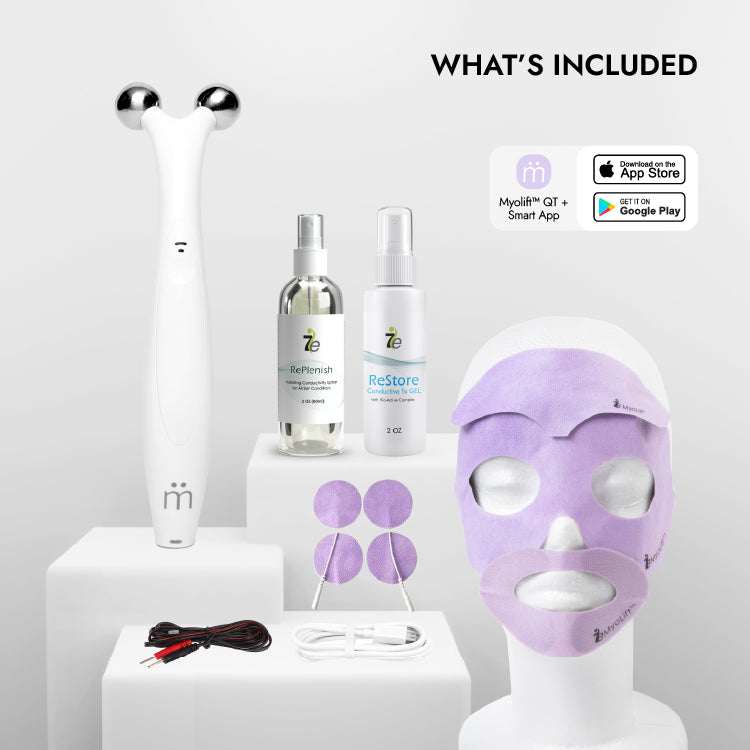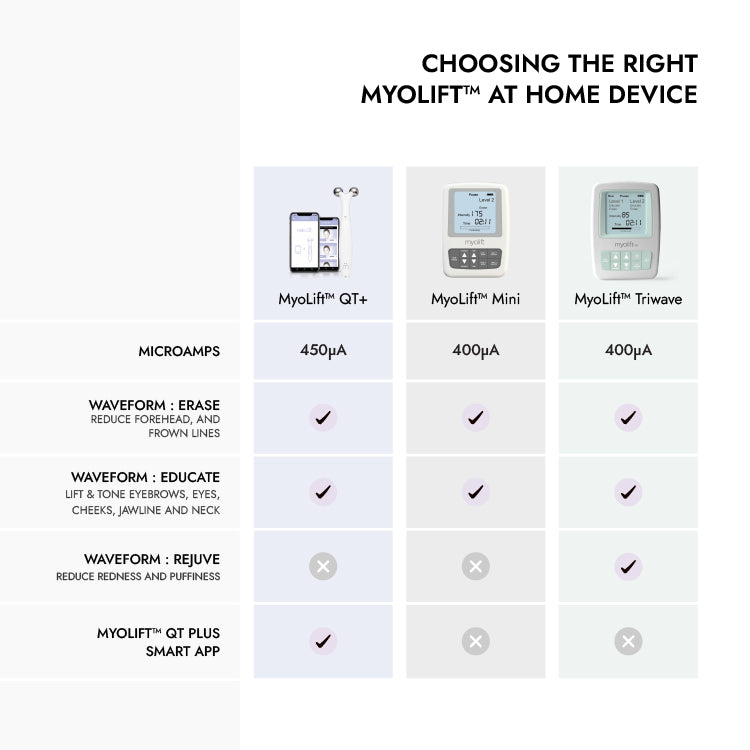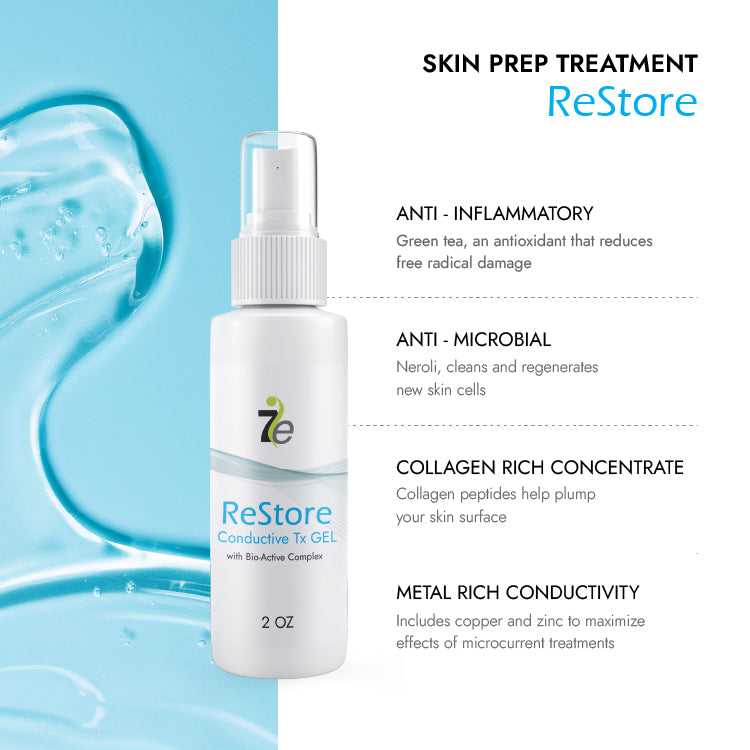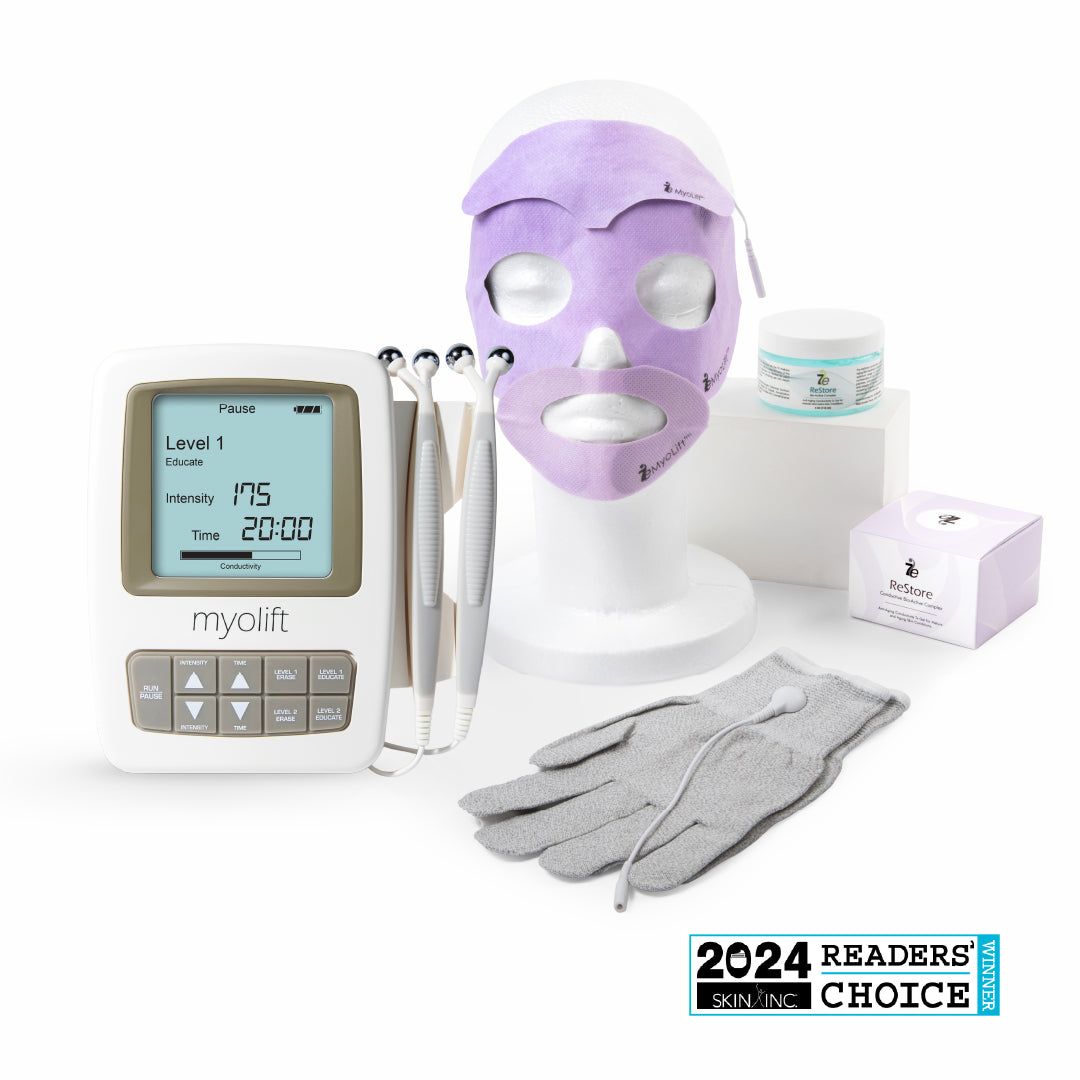Do You Know Your Skin Type?

Skin Types 101: Traits and Treatment For Oily, Dry, or Combination Skin
Whether you are putting together a new routine regimen, or deciding which facial to book at your favorite spa, an essential part of skincare is knowing and understanding your skin type.
Your skin type is something you are born with and will not change over the course of your lifetime. However, how you go about caring for your skin type will greatly influence the results you see day to day. The most common skin types are oily, dry, and combination.
So without further ado, let’s take a closer look at each of the three types, how to tell them apart, and how to choose the right products. Here’s the scoop:
Oily Skin
As you can probably guess, oily skin is the skin type that tends to produce the most oil when compared to all other skin types. One easy way to tell if you have an oily skin type is by taking a look at your pores. Oily skin is often characterized by larger, more visible pores covering the entire face.
When in balance, having an oily skin type can be advantageous because the presence of oil may help prevent premature aging, meaning your skin will look more youthful and show fewer fine lines and wrinkles. On the other hand, when oily skin is out of balance, it can look shiny, or feel slick to the touch due to excess oil production, and may also experience breakouts as a result.
The best products for oily skin will be lightweight formulas that are labeled “non-comedogenic”. Foaming cleansers tend to work well, and you may find it helpful to exfoliate more often – about three times per week. Oily skin still requires moisture to function optimally, so rather than skipping moisturizer look for water-based formulas that hydrate the skin without clogging pores.
Dry Skin
On the other end of the skin type spectrum is dry skin. This skin type can usually be identified as having smaller, barely visible pores which produce little or no oil. It may also be more sensitive, due to impaired barrier function.
A lack of oil can cause dry skin to look dull or flaky, and can also contribute to a more noticeable appearance of fine lines and wrinkles. However, one advantage to having this skin type is that acne breakouts will be far less common.
If you have a dry skin type, you will want to treat the skin with products that are rich in lipids, ceramides, and oil to make up for a lack of moisture in the skin. Creamy cleansers, hydrating serums, and oil-based moisturizers are all great for dry skin. While you may not need to exfoliate as often as someone with an oily skin type, exfoliating about twice per week will be helpful for polishing away dead or dry cells on the surface of the skin.
Combination Skin
One of the most common skin types is actually combination skin – which is skin that can be oily OR dry and sometimes both at once. Individuals with this skin type often have pores that vary in size, appearing larger in the t-zone or cheek areas, and smaller elsewhere.
With combination skin, breakout activity can be caused by an excess of oil but can also be a response to lacking moisture. For this reason, the key to addressing combination skin is checking in with your skin daily to assess its present condition, and choosing your products accordingly.
Luckily, many products today are designed specifically for combination skin, and these types of products are usually the best choice for your skin type. When shopping look for products labeled “balancing” meaning they target excess oil but won’t strip your skin of the moisture it needs to function optimally. You can also include exfoliation in your routine about 1-3 times per week.










































































